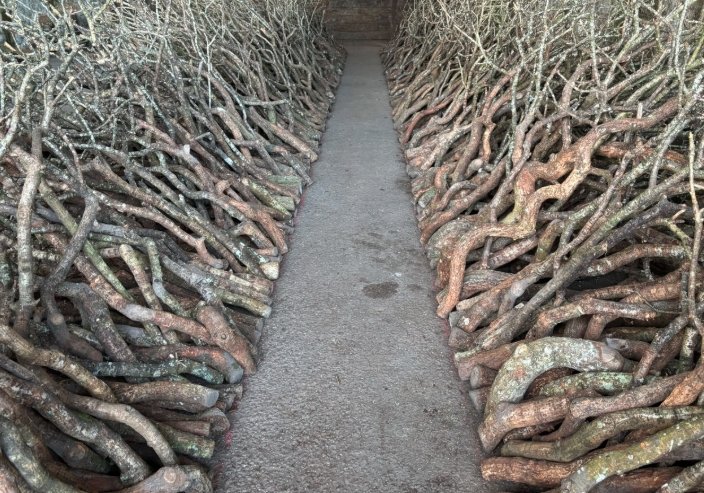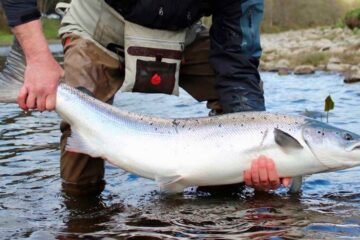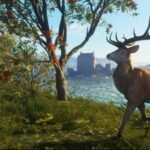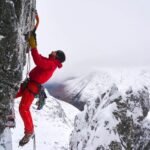Andy Goldsworthy’s relationship with nature reads like a lifelong conversation — one that has been unfolding for half a century. From the rural fields near Leeds to the rolling hills of Dumfriesshire, his work blends earth, time, and human touch into art that lives and breathes the landscape itself. Now, Scotland is marking five decades of this remarkable journey with a sweeping survey of his land art.
Roots That Run Deep: From Yorkshire Farms to Scottish Hills
Goldsworthy’s story begins humbly on the edges of Leeds, where fields and city life met in a curious crossroads. As a teenager, working on local farms grounded him in the rhythms of the land — planting seeds of respect and wonder that would later shape his artistic vision.
For the past forty years, the artist has called Dumfriesshire home, soaking up the wild beauty of southern Scotland. Here, forests whisper, rivers carve, and stones tell stories. It’s the perfect backdrop for his creations—often delicate, sometimes monumental—that make nature both the medium and the message.
In a 2015 NPR interview, Goldsworthy said his goal wasn’t to mimic nature but to understand it. This philosophy shines through in his works, which rarely last long but always leave an impression.

Art That Lives and Dies with the Landscape
Goldsworthy’s signature is his use of natural materials—stones, leaves, twigs, ice, and even streams—to craft temporary installations. These aren’t static sculptures but living moments caught in time, meant to change, erode, and eventually vanish.
Take, for instance, his 1984 piece “Edges made by finding leaves the same size,” where carefully selected leaves were torn, pressed, and arranged into a bright red circle on the ground. It’s art that embraces impermanence, reflecting nature’s cycles of growth and decay.
The installations are often documented through photography after completion—capturing a fleeting beauty before the elements take over. Visitors to the current survey will find works that have weathered storms, melted with thawing ice, or shifted underfoot, all part of the artist’s dialogue with time and place.
Scotland’s Landscape as a Living Gallery
This survey isn’t confined to a gallery wall. Instead, it stretches across Scotland’s diverse terrains, inviting people to experience Goldsworthy’s work where it truly belongs—in the wild.
From the woodlands of Dumfriesshire to the rugged coastlines, each piece acts like a secret message between artist and environment. Some are easy to find, while others require a bit of trekking, rewarding explorers with moments of quiet wonder.
The artist’s use of local materials also ties his work deeply to place. Stones from a nearby river, leaves gathered from a single tree, or ice shaped by cold winds—the details make each piece unique and rooted in its setting.
An Interdisciplinary Legacy of Land and Time
Over five decades, Goldsworthy’s practice has expanded beyond land art to include sculpture, photography, and film, each medium capturing different aspects of his vision.
His early years on farms instilled a respect for the land’s stories, while his artistic journey transformed those stories into visible forms. Whether it’s a pile of stones balanced precariously or a frozen leaf sculpture, there’s always a tension between human intention and natural forces.
This exhibition not only celebrates the artist’s past but also highlights ongoing themes: change, connection, and the passage of time. It challenges viewers to reconsider how we interact with our environment and the art we create within it.
A Visual and Emotional Journey Through Nature
For many, Goldsworthy’s art feels less like objects and more like experiences. It’s walking through a forest and suddenly noticing how a pile of twigs mirrors a bird’s nest, or watching ice crystals sparkle in the morning sun, crafted by human hands but formed by nature itself.
Visitors are encouraged to engage actively—touch, observe, and reflect. Because these works are transient, the act of seeing them becomes a shared moment of presence.
Andy Goldsworthy’s work reminds us that art doesn’t have to be permanent to be powerful. Sometimes, the beauty lies in its fragility.


















